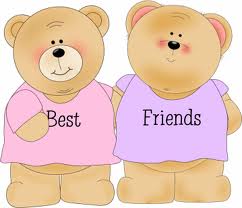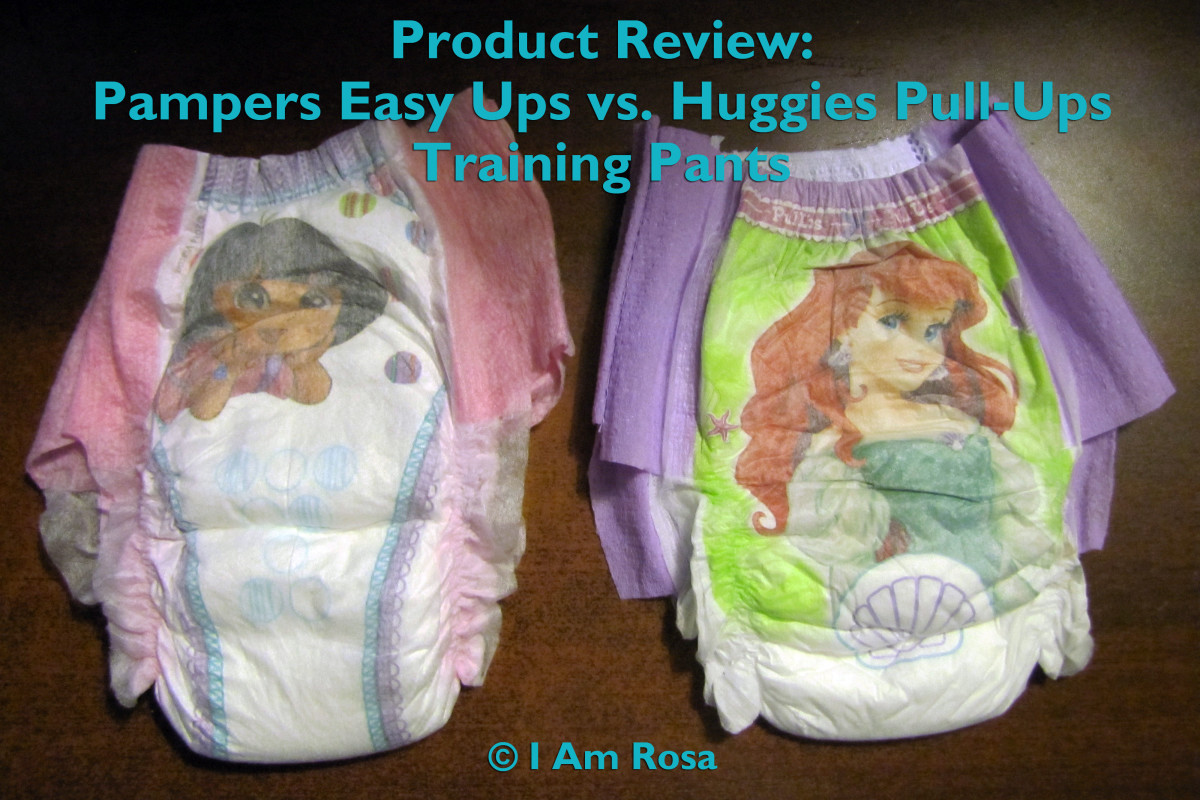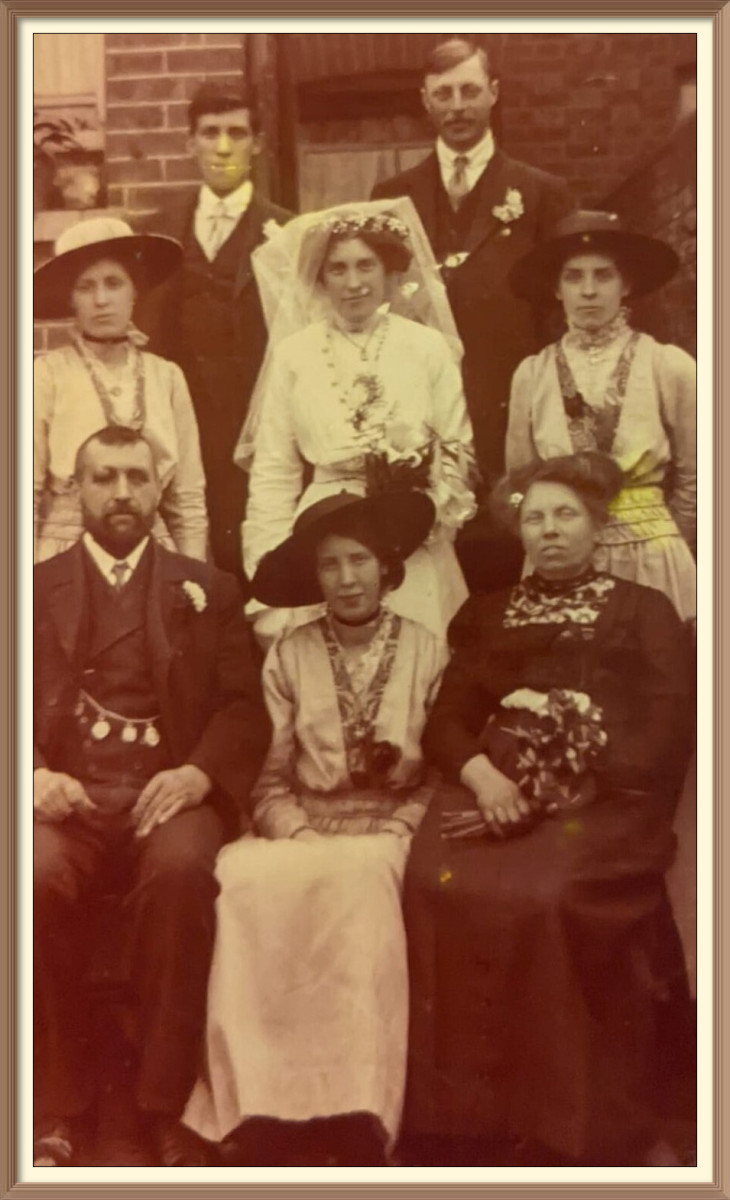How to Spot a Potentially Suicidal Young Person
Friends

Why? How? Who? Suicide
My children are the most precious jewels in my crown. I have changed diapers, spent nights in hospitals, gone so far as to travel twelve thousand miles to adopt my youngest son. I have lost children to divorce. I have lost students to jail. I have never lost a young person to suicide. Thank God.
I can’t even imagine, much less relate to the heart ache that occurs when a child dies. It’s not fair. There is no god. The universe is a haphazard place of nothingness where rhyme and reason have been replaced with chaos, shame and guilt. Why am I here? What did I do wrong? How did I screw up? What did I say that put my baby over the edge? What didn’t I say? How could I have been a better parent? I AM ANGRY!
These last words sound resonate with my inner child who survived sexual abuse. They resonate with the parent who lost relationships with his natural children. While these relationships have potential for healing, the theft of one’s child by suicide is final. Period. Amen. Over.
What are the reasons? Why would it make sense to be dead? How is suicide the best attempt at meeting one’s needs? How can the picture in one’s quality world be so bleak that suicide in the only way to gain control the uncontrollable?
With these questions in mind, I began a nightmare journey toward appreciating reasons that young people choose death as an antidote to life. I used the word 'appreciate' purposely, because there is no understanding of suicide for me. http://kidshealth.org/parent/emotions/behavior/suicide.html
As I began to learn, the words “tragedy of a young person dying” occurred multiple times in the literature. Causes were described as overwhelming hopelessness or frustration. Devastating life events such as family issues, friendship changes, and community alienation were given as reasons that suicide made sense to young people.
Reflecting on these concepts brought me to the notion of perceptual filters. The Real World presents us with information. Our filters lead us in a behavior, a decision, regarding how to deal with it. http://www.wgii.ie/static/posters/axioms.htm The idea of perceptual filters feels inadequate to explain why a child would kill themselves. It feels a little too neat, too clinical. Maybe suicide is the ultimate success at controlling one’s world.
Dr. Alan Lickerman has written an article “Six Reasons Why People Commit Suicide.” In this piece he refers to depression, psychosis, the cry for help, reasoned death as alternative to terminal illness, a mistake, and loss of impulse control.
Depression as an issue related to suicide reflects the concept that distorted thoughts lead people to act in ways they otherwise would not. “No one needs me”, a connection to our need for love and belonging applies here. “The world would be better off without me”, another way of saying my need for love and belonging is not being satisfied. The pictures in one’s Quality World, that place where everything is just right, therefore become distorted, maybe even altered. The result is a decision to die.
Psychosis as a cause of suicide is best left to medical researchers to explain. My lay person’s perception is that the demon voices of the psychotic patient are believed and therefore, it makes complete sense to obey the command of the leader. Can this be viewed as a distorted attempt to control one’s world? Is it possible that the voices are providing a way to alleviate present time pain? Could this be a person’s best attempt at removing the torture of the now?
Impulse control seems to be especially critical when behavior altering substances are involved in a decision to end one’s life. The Real World presents information. The information is processed through perceptual filters which lead the person to sad. Substance fueled depressing or anxietizing results in death. Is substance abuse the greater concern, or is the emotional loss of control the issue?
Given the fact that we have a hard wired need for power and survival, how does the cry for help relate to suicide risk? Is it possible that the power need is triggered when a relationship is lost, thus leading to an attempt at getting needs met by swallowing pills? Would it make sense that an inability to find the words to shout “I HURT “somehow make suicide a viable alternative to the risk of exposing one’s vulnerability to sadding over a loss? From the reading I’ve done, it is apparent that many people in this situation do not actually believe they will die by engaging in a particular behavior, although there are no certain answers to this question.http://www.kevinmd.com/blog/2010/06/6-reasons-people-commit-suicide.html
Does gender relate to successful and attempted suicide in young people? It seems that while females think about suicide at double the rate of male subjects, the males have a higher success propensity. Girls use drugs, cutting, and a variety of generally non lethal method. With access to firearms, males die more often. Males generally use more violent means in attempted suicides. These include jumping from heights, hanging, and automobiles.
It does appear that after mid adolescence, both genders have a decline in suicide attempts. The female decline in attempts is faster than that of the boys. This is critical important information for parents, teachers and other care givers in that, particular ages may be more vulnerable to suicide risk. http://www.ncbi.nlm.nih.gov/pubmed/21034208
How does one spot potentially suicidal behavior? Can behavior be observed before the attempt is made? Are there verbal techniques that may ameliorate suicidal leanings? How does ‘gut instinct’ contribute to preventing a suicide? While reasons for suicide are complicated, it seems that suicides among children are rare. The danger occurs as the children enter adolescence. This makes sense from an anececdotal standpoint.
As children gain freedom, they gain power. As they gain independence, they acquire the ability to liberate themselves from parental restrictions. It is well documented that as the brain grows and hormones change, http://www.ncbi.nlm.nih.gov/pubmed/15251880confusion over place in the world, anxiety over social adjustment, peer pressure and the external control of grades, future possibilities and social status, replace with child confidence with the realization that the world may be a not so nice place. The Center for Disease Control (CDC) reports that after homicide and accidental death, suicide is the third leading cause of adolescent mortality. http://www.cdc.gov/
While the signs of suicidal potential may vary, there seems to be general agreement with the following list of symptoms. Parents, caregivers, teachers, coaches and others who interact with the young person should notice sudden and severe change in mood. Be aware of hopelessness, sadness, restlessness or agitation. Notice tearful crying, frequent crying, as well as hostility and anger. Pay attention to the child’s apparent feeling of worthlessness and guilt.
Behavioral changes include, but are not limited to, changes in sleeping habits, difficulty concentrating, withdrawal from friends and formerly enjoyable activities.
http://www.helpguide.org/mental/depression_teen.htm
Duration of behavior is important. Children will indeed go through periods of confusion, extremes and questioning. The questions to ask are these:
- Is the behavior chronic?
- Is it consistent?
- Is it severe?
One young person choosing suicide is one too many. There is hope however. A 2010 study of Americans showed that suicides among adolescents compared to the general population are 10 per thousand. Older Americans, ages 45-64 have the highest rate of suicidal behavior. The loss of a child is a tragedy whether from illness or accident. The potential for good, the first kiss, and the “I love you” left unspoken are the results of life shortened too soon.
Subsequent articles will explore activities and ways to deal with the child who is in conflict. For now, remember this. Listen. Listen. And when you are finished listening- listen some more.
Is this anyone you know?






